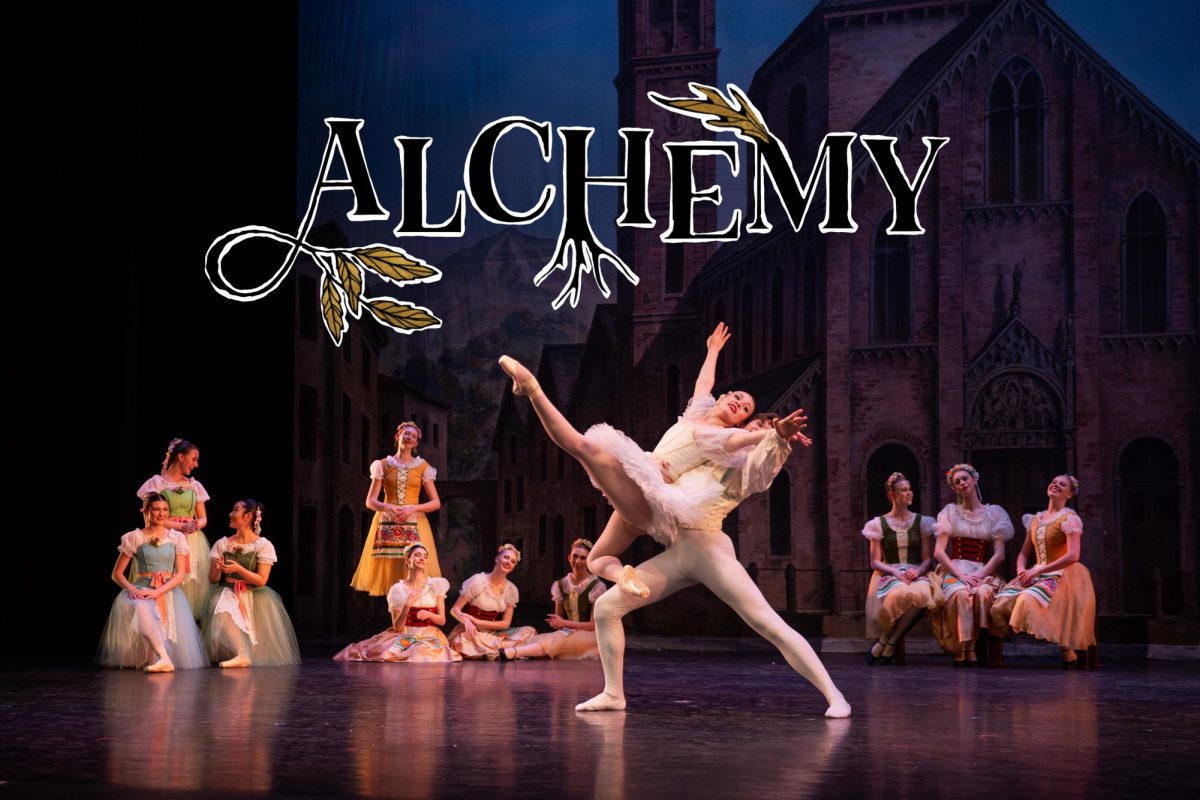The Verdehr Trio visited Libby Gardner Hall on March 15 and amazed the audience with its technical agility and interpretive prowess.
The violin-clarinet-piano trio occasionally spoke to its audience and helped listeners feel included in the musical experience. The program consisted of modern compositions by Grieg, Bruch, Wallace, Higdon, Brohn (by way of Gershwin) and Arutiunian.
The concert began with five movements from Grieg’s “A Set of Norwegian Folk Dances.” Grieg melds traditional dances with his own ideas, yielding a work that is at once original, classical and familiar. Each of the movements toyed with passages of unison and alternating melody and provided the audience with images of dancing, jumping, skipping and even hobbling across the landscape.
Verdehr next performed two movements from Bruch’s “Six Pieces, Op. 83,” “Nocturne” and “Rumanian Melody.” The “Nocturne” started out slow and suspenseful, indulging in swells and the blending of the different sounds of the violin and clarinet. The two instruments beautifully offset each other and produced an amazingly rich sound when playing together. This movement ended with unison ascension, the violin soaring above the clarinet with a final, calm resolution.
The “Rumanian Melody” had a markedly different sound from most Western music, starting with the haunting sound of diminished scales and arpeggios. Violinist Walter Verdehr began the melody alone, and then passed the tune on to Elsa Ludewig-Verdehr on clarinet. Overall, the movement grew deeper, lower and richer as time went on.
The highlighted piece of the evening was the world premiere of “Sonata a Tre” by William Wallace. The Chamber Music Society of SLC commissioned this work, and it is Wallace’s fourth work composed for the Verdehr Trio.
Notorious for his unusual meters, Wallace did not disappoint with his new work. The first movement commenced with a series of intervals that became increasingly closer and more intense. The building conflict gave the feeling of tying knots with the short strings of melody.
The quick first movement eventually gave way to the slower second movement, which began with the piano’s chords accompanying the other two instruments’ slow ascension. Silvia Roederer’s piano seemed to be more pronounced in this movement, and the pizzicato of the violin and light playing of the clarinet allowed the largest instrument to shine through.
The third and final movement took an unexpected turn when it began with a fury of scales that did not end until the violin indulged in a rich melody, which the clarinet took up as well. The conversation between the instruments seemed to be the clarinet and violin attempting a beautiful melody, only to be broken up by the piano. The work concluded with an echo of the first movement.
After intermission, the audience was thrilled with the breathtaking Dash, by Jennifer Higdon. This piece sounds as its title suggests: a race to the finish. From the very beginning, this extremely short piece is a flurry of sound, and was delightful, except for the distracting tapping of Ludewig-Verdehr’s foot.
The most-familiar piece of the evening was Brohn’s “I Got Variations,” inspired by Gershwin’s “I Got Rhythm” from the Broadway show “Girl Crazy.” The beginning of this piece had the easy ragtime feel and familiar melody of the well-known song. As time passed, the variations became progressively more complex and distant from the original tune. Ultimately, the violin’s col legno brought the group back to the dancing melody and concluded the number.
The concert ended strongly with Arutiunian’s “Suite.” The three movements encompassed different sounds, the first feeling like a calm lake with a smooth, sustained melody and the occasional ripple. The Scherzo felt very dance-like and contained a repeating motif of two sets of easily recognized repeating notes. The last movement began with a slow intermingling of the violin and clarinet. When the piano entered, it brought a sense of greater urgency.
The Verdehr Trio explained that its program was designed to reflect the diversity of music in the 20th century. This goal was beautifully accomplished through the program’s range, which spanned the gap between folk music and the modern compositions of Wallace and Higdon.
The three musicians each sounded beautiful and controlled, and the group as a whole was cohesive and dynamic. Following the enthusiastic applause, the trio performed a playful rendition of Mozart composition, showing its mastery over classical works as well as modern pieces. The only downfall of this performance was its taking place during Spring Break, which limited the student attendance. Those who attended, however, left feeling fulfilled and enriched.











